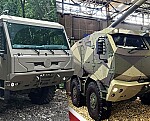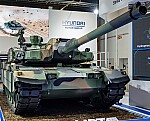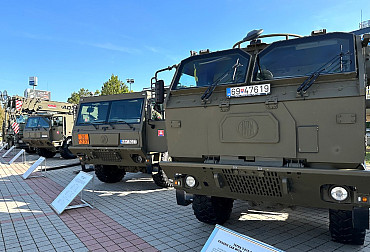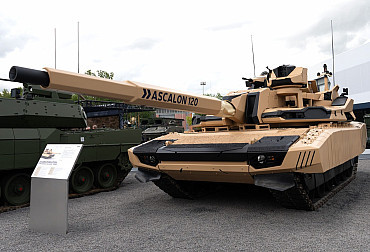Smart Industry 2024: Breakthrough technologies and cybersecurity explored by Czech Armed Forces representatives
On November 14, the Smart Industry conference was held in the Czech republic, where companies presented their solutions and experience in the field of innovative, or smart technologies, augmented reality and artificial intelligence (AI). These technologies should, among other things, help to solve one of the most pressing problems of representatives of industry, which is the lack of qualified people, especially in the field of maintenance and service.
A highlight of the conference was the first public presentation of Lumnio, an augmented reality product developed by Pocket Virtuality and Smartoo. Lumnio provides service technicians with an intuitive electronic manual (controlled via voice commands) or connects them with remote support in real-time. In practical use, a soldier in the field wearing smart glasses—or using a tablet or phone—can transmit live images to a dispatch center, where an experienced technician can guide them through repairs. The system allows the technician to annotate the transmitted image for better orientation. Lumnio can also be used for pre-deployment vehicle inspections, enabling electronic report submissions via voice input instead of paper forms. Should defects be detected, the soldier can immediately document the issue with photos or video, adding notes for the control room to address the problem.
The use of smart glasses offers several advantages over tablets or phones in remote support scenarios. These glasses allow soldiers to work hands-free, which is particularly useful during repairs. Additionally, they reduce ambient noise interference, ensuring clear voice communication in noisy environments. The Lumnio system is currently being tested by the Czech Army on TITUS 6x6 armored vehicles.
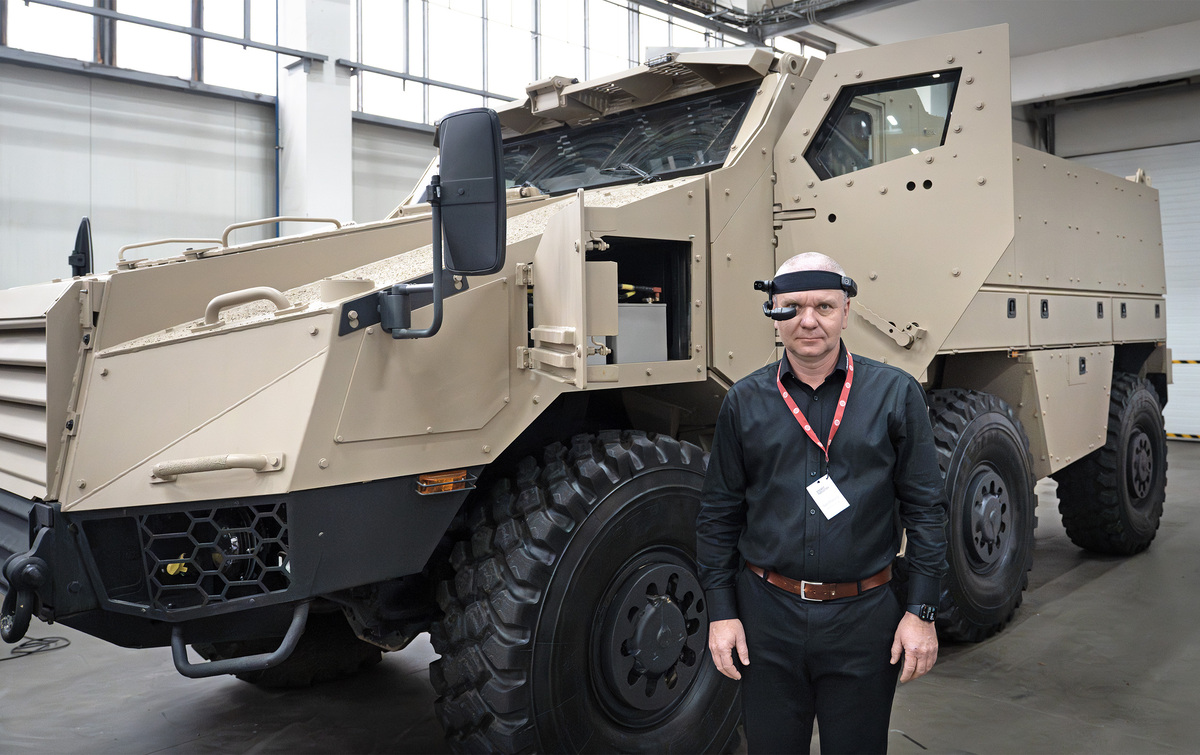
For example, a representative of Škoda Auto, which currently uses assisted, augmented and virtual reality for remote support, workflows or teaching, as well as for research and development, presented his experience with augmented reality and artificial intelligence products at the conference. Tatra Trucks also presented its current and future projects, while a COMPLETE CZ representative shared insights into the practical application of assisted reality. In addition to these presentations, the conference addressed AI trends in production and maintenance, explored the potential of generative AI tools like Microsoft 365 Copilot, and emphasized the importance of cybersecurity—a major topic across industries.
Among the attendees were representatives of the Czech Army, including Lieutenant Colonel Vít Knapek, Commander of the Centre of Deployable Systems and Technology Development of Command and Control Systems (CNS a RTSVŘ). This unit, part of the Agency for Communication and Information Systems (AKIS), recently underwent a reorganization that included the establishment of a new Department for the Technology Development of Command and Control Systems on July 1, 2024. This section was created in response to the rapid emergence of breakthrough and innovative technologies by the director of SKIS MO. The new department is responsible for implementing, testing, and developing command and control systems (SVŘ), with a focus on advanced technologies.
After the conference, we asked Lieutenant Colonel Knapek what knowledge he took away from the event. Whether in civilian industry or the military, it is clear that processes and technologies are very similar. When someone in industry uses a robotic system and, for example, needs to predict a motor failure in a vehicle, the same issue exists in the military, where robotic systems are also used, though for different purposes. So the use cases presented at the conference are actually very similar, and parallels can be drawn between them. Another example of the application of similar technologies in the Czech Army is the use of artificial intelligence, such as Copilot, which we also use in the military in much the same way. In terms of cybersecurity, I confirmed that the same issues faced by the military are also encountered by large corporations in the civilian sector, where the greatest vulnerability is often the user, who must be continuously educated,” said Lieutenant Colonel Knapek, adding that it is essential for the military to compare how a given system is used elsewhere and potentially gain new insights. “You have to know how to ask Copilot the right questions; you need to know how to ask, which is why acquiring new information can be beneficial and more effective for us than trial and error,” explained the commander of the CNS a RTSVŘ.
“That was the basis of my question at the conference to a representative from Škoda Auto, asking how long it took them to implement assisted reality, as we are dealing with a similar challenge in introducing new vehicles into our arsenal, such as the STARKOM, TITUS, CV90 vehicles, Leopard tanks, and new CAESAR artillery. This equipment is already at a very high technological level, and we can no longer afford to rely solely on paper manuals that span hundreds or even thousands of pages. In the third phase of acquiring TITUS vehicles, we are planning to implement assisted reality technology for remote maintenance, training, and diagnostics. This technology will also be retrofitted to vehicles already deployed in the Czech Armed Forces.

These new vehicles require much more precise lifecycle information, and we need to gather extensive data on their condition and potential malfunctions to maintain their combat readiness. The ability to predict failures is critical for preserving the operational effectiveness of key combat platforms on the battlefield. To enable this capability, a dedicated technological channel is provided in the tactical radio communication system (STRK). This channel allows for the remote download of information from one or more vehicles—up to twenty at once. This way, you can remotely check if any diagnostics in the vehicle report an issue, allowing the service team to arrive ready to address a specific problem rather than having to locate the fault on site,” explained Lieutenant Colonel Knapek.
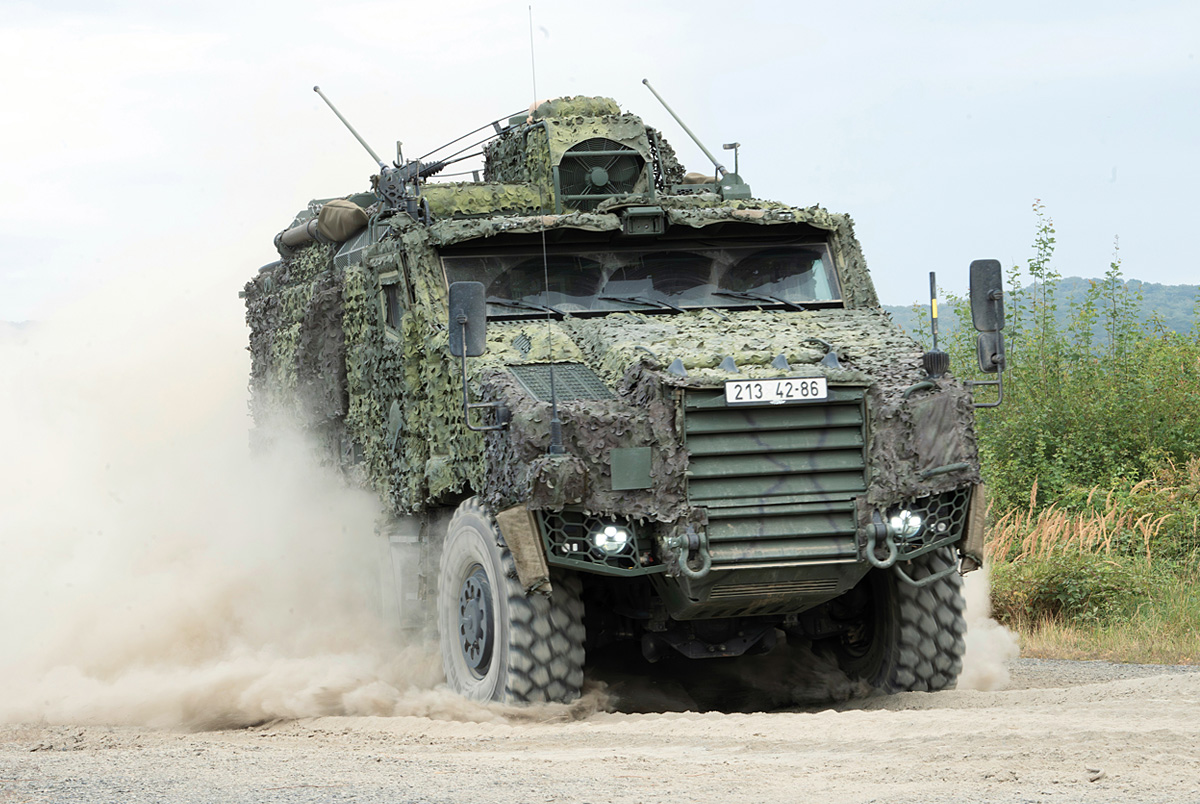
We were interested in how the new technologies will apply to the CV90 tracked infantry fighting vehicles that will be part of the Czech Armed Forces’ arsenal. “We are taking a comprehensive approach to implementing these technologies in CV90 vehicles, considering not only the vehicle crew but also the squads transported within the vehicles. The soldiers then become part of the vehicle’s internal system, allowing them to receive information from the vehicle system on their personal End User Devices (EUDs). For example, the squad commander has an EUD, such as a tablet or phone, where his information is stored. Thanks to the new technologies, updated data from the vehicle is automatically downloaded to the commander’s device, and this data can also be shared across vehicles,” explained Lt. Col. Knapek.
“The goal for all vehicles is to establish a system with a technology channel, sensor channel, and tactical channel, each with a specific purpose and function on the battlefield. The technology channel will enable all vehicles to be secured from a single location on one network line, facilitating logistics and technology data management, while also supporting the cybersecurity of not only each vehicle but the unit as a whole. The unified STRK architecture, which is currently being implemented and will continue to be applied across all ground force vehicles, enhances cybersecurity measures. Another essential element is the integration of artificial intelligence, which will increasingly assist in processing the vast amount of data collected by sensors in individual vehicles and relaying it to command headquarters, as in the case of the CV90 IFV. However, effective AI deployment must be preceded by a thorough analysis of processes and roles within the system, followed by automation to expedite decision-making for soldiers. Subsequent AI deployment will then enable the selection of optimal combat options, though these will always require human authorization,” concluded Lieutenant Colonel Vít Knapek, commander of the Centre of Deployable Systems and Technology Development of Command and Control Systems.
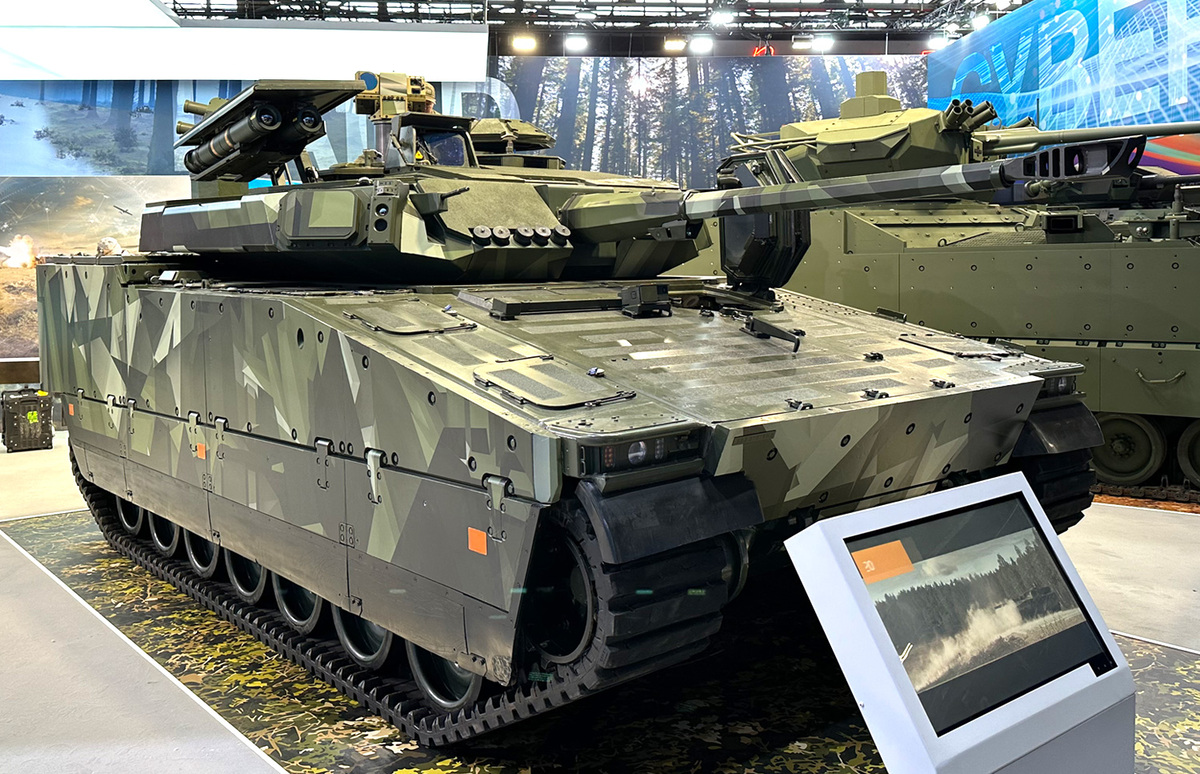
The Smart Industry 2024 Conference was not only an excellent platform for showcasing innovations in smart technologies, augmented reality, and artificial intelligence, but also a valuable venue for companies to exchange practical experiences with these technologies in a mutually beneficial way.



